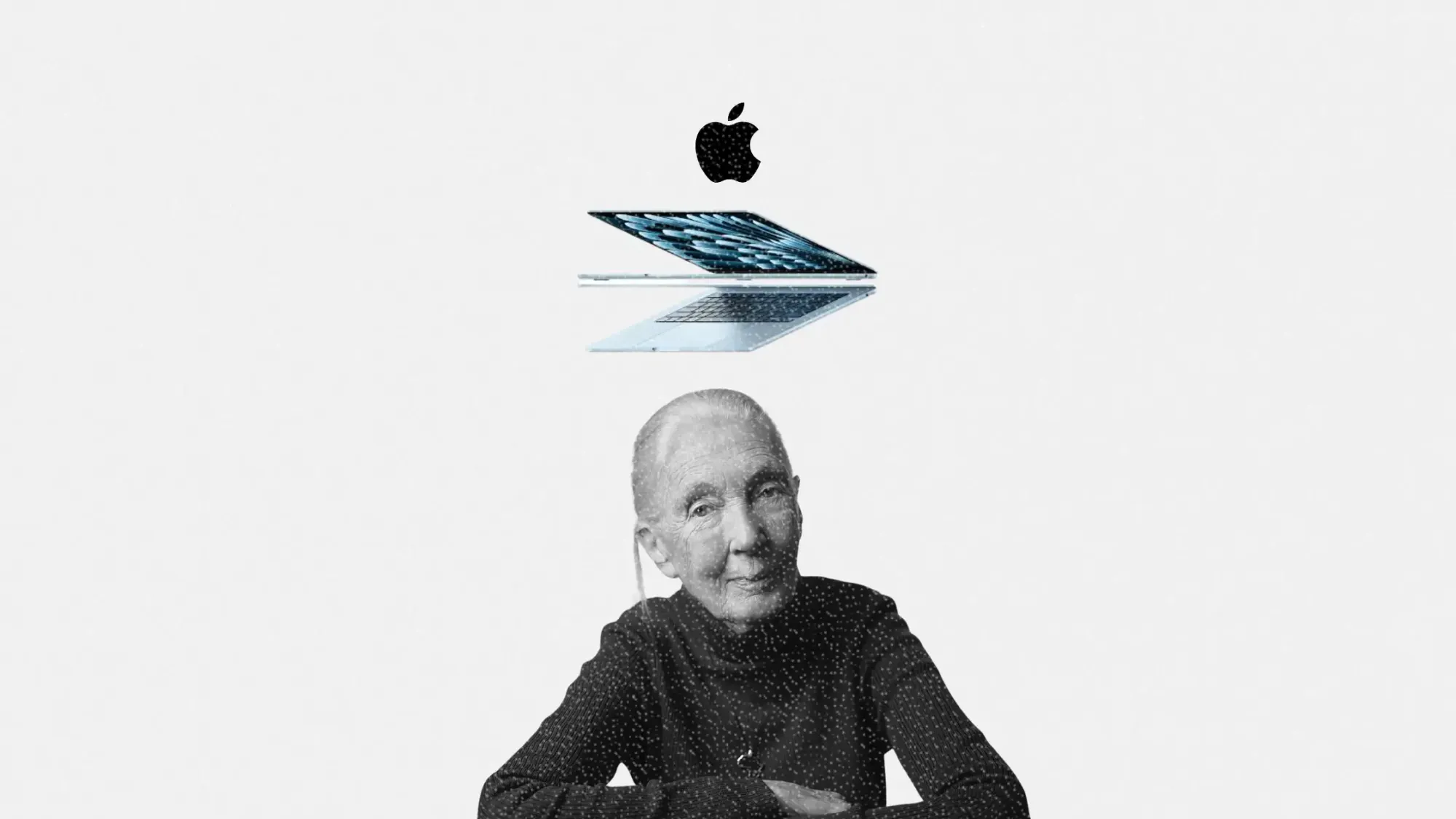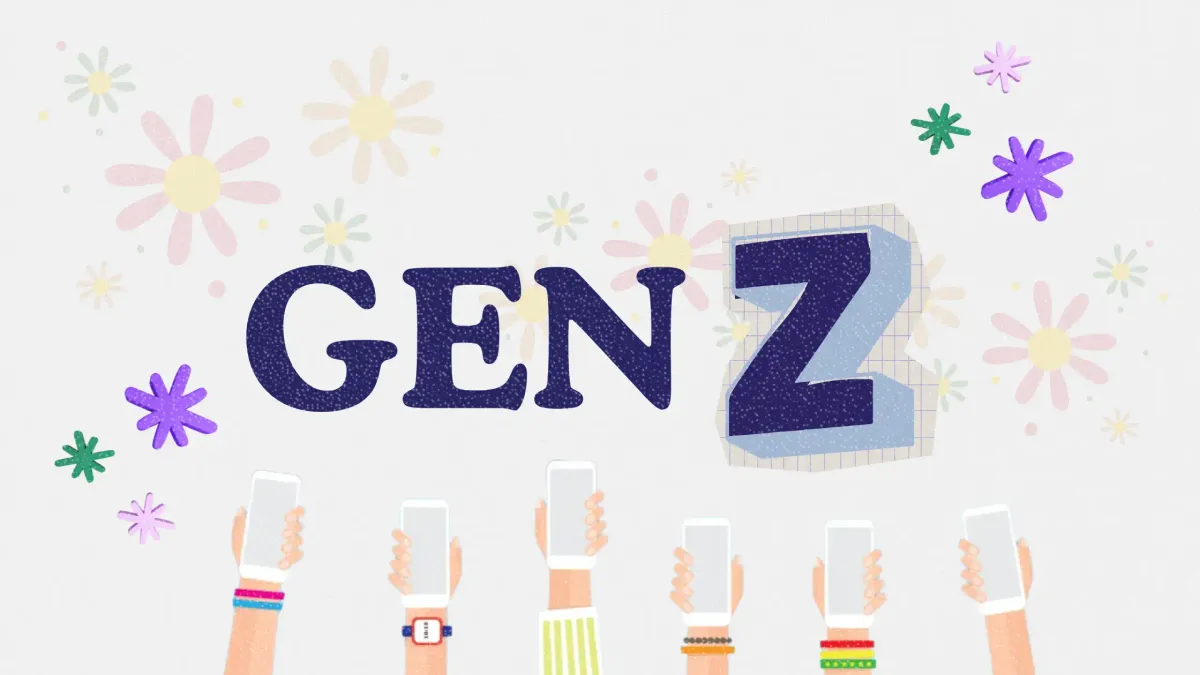Apple’s final collab with Jane Goodall is a masterclass in brand storytelling
Apple’s latest global platform is more than just a tribute to Mac. It’s a strategic bet on emotion-led brand marketing

Apple has launched a new global campaign for Mac titled “Great ideas start on Mac”, highlighting creators across disciplines and positioning the Mac as the starting point for world-changing ideas. But the bigger story lies in the voice behind the narration. The spot features the final collaboration with Jane Goodall, who passed away earlier this month at 91.
Directed by Oscar-nominated filmmaker Mike Mills and developed by TBWA\Media Arts Lab, the campaign opens with the blink of a cursor on a blank screen. From there, it features a lineup of real creators including deep-sea explorers, fashion designers, and AI engineers. The aim is clear. Apple wants to reconnect the Mac to its legacy as the creative’s most powerful tool.

This article explores the storytelling approach, creative strategy, and what marketers can learn from Apple’s move.
Short on time?
Here is a table of content for quick access:
- What happened: Apple reframes the Mac as a cultural tool
- Context: Emotional storytelling is still Apple’s competitive edge
- What marketers should take away

Apple reframes the Mac as a cultural tool
The campaign film begins with a white screen and a blinking cursor, representing the “spark” of inspiration. Jane Goodall’s voiceover invites viewers to think back to the moment when ideas begin. “Every story you love, every invention that moves you, every idea you wished was yours, all began as nothing,” she says. The film closes with a simple message: “Great ideas start here.”
Featured creators include:
- Bruce Strickrott, chief pilot of the Alvin submersible, who has used Macs since 1996 to document deep-sea discoveries
- Ruchika Sachdeva, founder of Indian fashion label Bodice
- Alice Wong, a disability rights activist and nonspeaking individual who relies on Mac’s accessibility features
- 1X Technologies, creators of NEO, a humanoid robot designed to give people more time for what matters
The campaign is rolling out globally across YouTube, broadcast, out-of-home, and social. It builds on Apple’s earlier brand storytelling work, such as the Chinese New Year film “I Made a Mixtape for You,” which showcased the iPhone 16 Pro’s camera in a nostalgic, 1990s-themed story.
Emotional storytelling is still Apple's competitive edge
Apple has never been a specs-first marketer. While other tech brands push features, Apple continues to sell emotional resonance. This new Mac campaign fits squarely into that legacy. It’s an intentional evolution of the brand’s “Think different” platform, which also featured Goodall back in 1998.
By showcasing authentic stories from real people who use the Mac to create, document, and build, Apple reminds audiences that its devices are not just machines. They are part of the creative process.
This is particularly powerful at a time when AI content and polished influencers are oversaturating media. Apple is betting that audiences still respond to emotional truth more than digital polish.
What marketers should take away
Apple’s campaign offers more than just inspiration. It shows how thoughtful narrative can drive brand relevance. Here’s what brand marketers should note:
1. A legacy voice can create emotional gravity
Using Jane Goodall’s narration added more than sentiment. It reinforced Apple’s values around possibility, knowledge, and impact. Marketers can revisit past brand advocates or collaborators to bring historical depth to future campaigns.
2. Visual metaphors work when rooted in user behavior
The blinking cursor may seem basic, but it’s instantly recognizable to anyone who has ever started something from scratch on a Mac. Visual cues like this can ground your brand in everyday creative behavior.
3. Real creators add credibility
Apple opted for scientists, designers, and accessibility advocates rather than celebrities. This reflects a shift in what audiences value. Marketers should explore partnerships with real-world practitioners who reflect their audience’s values and challenges.
4. Accessibility belongs at the center
By including Alice Wong and highlighting Mac’s built-in accessibility tools, Apple made inclusion a central narrative. Brands should move beyond tokenism by showing how their products are used by diverse audiences in practical, empowering ways.
Apple’s latest campaign proves that brand platforms built on purpose and emotion still resonate. In a world overwhelmed by AI content and fleeting trends, the brands that win will be those that return to clarity, humanity, and authenticity. Whether you’re selling software or storytelling, the lesson remains the same. Great ideas still start from a blank screen—and what you say next matters.




